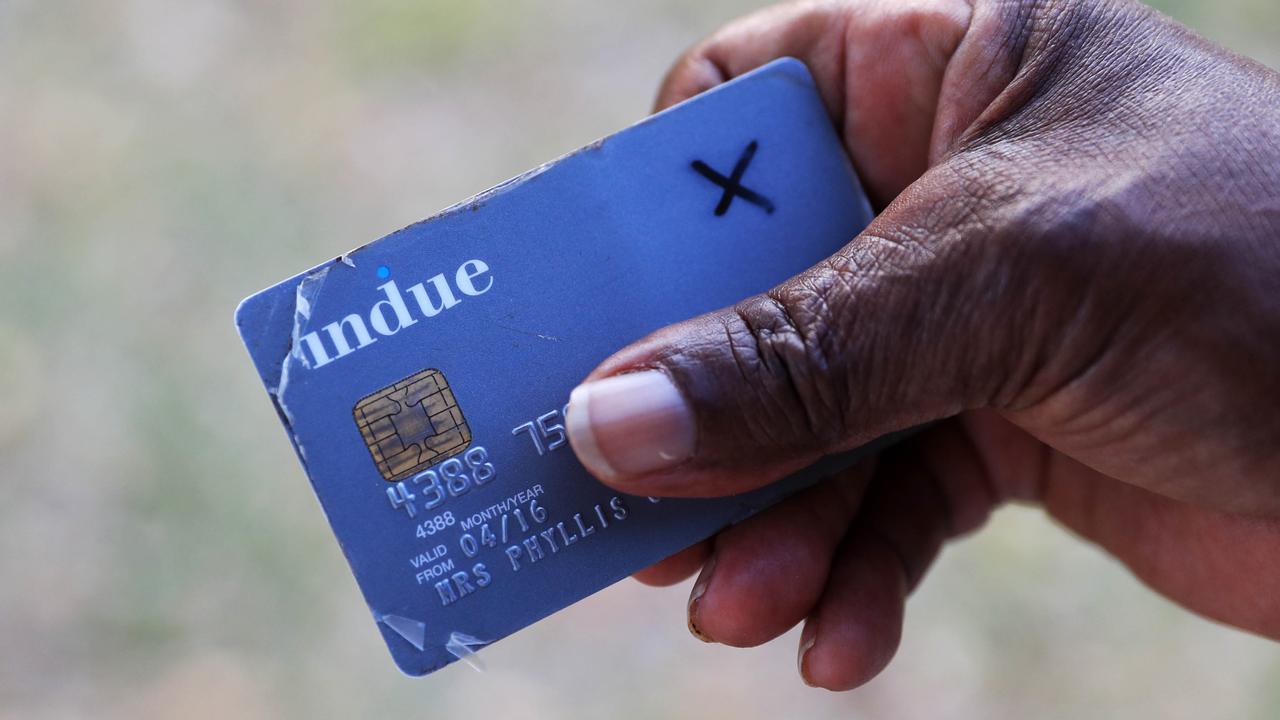Link between fetal alcohol spectrum disorder and suicide
A seven-year-old Aboriginal boy was recently taken to a visiting pediatrician because of suicidal language.

A seven-year-old boy from a remote Aboriginal community in the Kimberley was recently taken to a visiting pediatrician because his school and his grandfather were worried that he responded to every challenging situation with the words: “I am going to kill myself.”
Pediatrician James Fitzpatrick told an inquest in Perth yesterday that the boy’s mother had taken her own life in front of him and he had undiagnosed post-traumatic stress disorder.
Dr Fitzpatrick also found the child had fetal alcohol spectrum disorder, an impairment that makes children and adults impulsive while inhibiting their ability to solve problems, regulate their emotions or think through consequences. The inquest heard children with FASD were more prone to depression.
Dr Fitzpatrick believes the lifelong brain damage done to unborn babies when their mothers drink alcohol is a potent factor in the tragedy of Aboriginal youth suicide, but he said a strategy supported by community leaders in the Kimberly’s Fitzroy Valley had begun to significantly reduce the proportion of pregnant women who drank.
Dr Fitzpatrick helped reveal the world’s highest rate of FASD among children of the Fitzroy Valley, where the boy lives. The Lililwan study found one in five children born in the Fitzroy Valley in 2002 and 2003 had FASD.
Researchers estimate a person with FASD costs the taxpayer $3.3 million in services over their lifetime, Dr Fitzpatrick said.
At the inquest into the suicides of 13 Aboriginal children and young people in the Kimberley between 2014 and 2016, Dr Fitzpatrick yesterday said: “Sadly, I think FASD is one of the most potent drivers of mental health problems that lead to suicide in places like the Kimberley.’’
Colleague Carmela Pestell, a professor of psychology, said she doubted whether the children who killed themselves understood the permanency of death. This was particularly so for people with FASD, because a 20-year-old with the impairment could have the mental age of a 12-year-old.
Dr Fitzpatrick said therapies could help people with FASD, but he believed the impairment was under-diagnosed because health professionals either did not know the symptoms or, in remote areas, were overwhelmed treating other health problems.
Dr Fitzpatrick said the scourge of FASD continued, but he said the Make FASD History campaign embraced by remote communities was working.
Before it began, 55 per cent of women in the communities of the Fitzroy Valley reported drinking while pregnant. Of those, 95 per cent drank at high risk levels of 10 or more standard drinks a session, either two to three times a week or two to three times a month.
But the most recent data from the region shows the percentage of women drinking during pregnancy has fallen to 15 per cent, and the Make FASD History strategy has been adopted in the Pilbara, as well as in parts of NSW, Queensland and the Northern Territory.
“One of my great fears is that I will be sitting at inquests like this in 20 years time talking about the same solutions to the same problems,” Dr Fitzpatrick said. “We have solutions that work and what we need to do now with the weight of that evidence is to scale up these solutions into other locations.”



